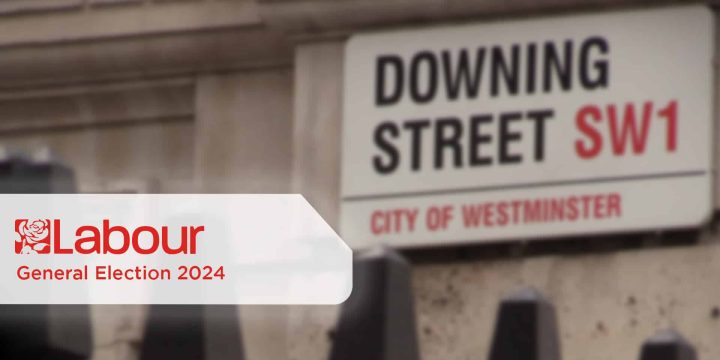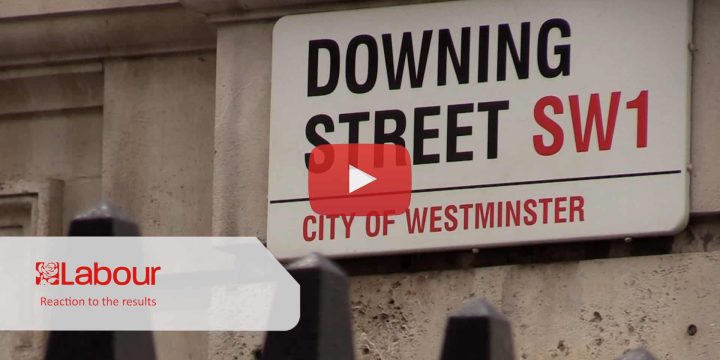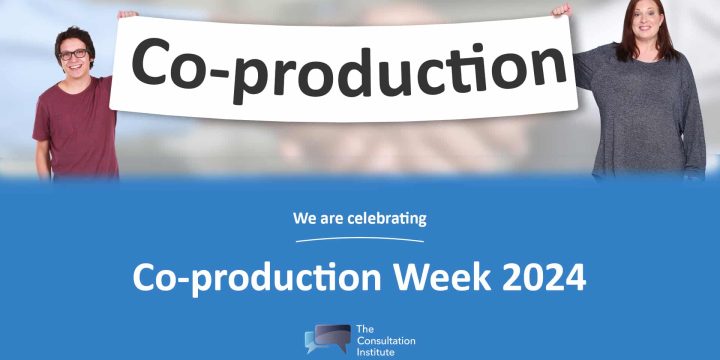News & Insights
The ticking clock- energy, geopolitics and the vox populi
One of the most striking images of the nuclear age has always been that of the Doomsday Clock. Maintained since the late nineteen-forties by the members of the Bulletin of the Atomic Scientists, it provides a subjective (and rather reductionist) metaphorical assessment of exactly how close mankind is to existential catastrophe. At present, it rests uneasily at 100 seconds to midnight, as it has since January 2020.
The clock, originally designed in the aftermath of the bombings of Hiroshima and Nagasaki, has become a catch-all icon of not only the threats of nuclear weapons, but also the impact of other major threats, including climate change, international politics and energy. The hands now stand closer to disaster than they ever have before.
It’s not inconceivable they could move again, and many of the reasons for this tie into the three threats in the last paragraph. Climate change has been identified as possibly the most significant threat mankind has ever faced, the war in Ukraine has forced major world powers into confrontations the like of which have not been seen for decades, and the challenges of developing sustainable energy for an ever-growing world population.
They’re not isolated issues either. Tackling climate change relies on a reluctant world weaning itself off fossil fuels, much of the supply of which flows from the aggressor in the war. Without wholesale development, promotion and research into renewable and sustainable energy sources, the world will be physically unable to break its dependence on oil and gas. The choices to be made are difficult.
In the western world, the war may have prompted a major rethink, with states across the continent presenting different (but usually short) timescales on which they plan to relieve themselves of their addiction to Russian oil. Doing so will not be easy, and will bite at not only the public but the private purse of citizens.
In the UK the declaration is that we will be free by the end of the year. A major part of this wil be the Government’s energy strategy, which was due this week. Thanks to intra-governmental wranglings, notably an apparent dispute between the Treasury and Number 10, the strategy has now been delayed until next Monday.
Whilst we don’t yet know precisely what will be in it, the usual combination of leaks, unguarded statements and pointed remarks have given us a few clues. The crux of the argument between the Chancellor and the PM revolves around one of these clues, the funding of new nuclear power stations. For the last couple of weeks the Prime Minister has been jetting round the country talking up the prospect of new nuclear, in particular ‘micro reactors’, and they look set to form a core of the new energy security policy.
Nuclear power has always been an interesting microcosm of public views. Debates rage between nuclear evangelists and atomic opponents; evidence presented ranges from the accurate, to the ill-informed, to the plain old wacky; and you haven’t seen NIMBY-ism until someone wants to put a nuclear reactor in your shed. Even amongst the green movement, there is an immense amount of scepticism about nuclear power, with opponents raising concerns about disposal of nuclear waste, a problem which we still haven’t quite found a proper solution to that amounts to any more than burying it to deal with later. The general opinion amongst experts however is that for sustainable energy to be achieved, nuclear will have to play a role.
The other major clue we have as to what might form a part of the energy strategy comes from more shady places than ministerial interviews. After many and long-running battles, back in February the shale fracking company Cuadrilla announced that it was going to plug and abandon the two sites it had been drilling at in Lancashire. A month later, and plans seem to have changed. The request to close them, originally made by the oil and gas regulator has been withdrawn, and speculation has started mounting that the Government might be reconsidering the position, especially in light of the dramatic volte face of the responsible Secretary of State a couple of weeks ago.
If there’s one energy source even more likely to receive a frosty reception amongst the public than nuclear power, it’s a fracking drilling site. Protests, court cases, environmental concerns, it has it all. The last swathe of enthusiastic promotion of fracking drew public outcry from across the spectrum, beyond even the ‘usual suspects’, and played no small part in changing government attitudes. If the energy strategy does indeed advocate for an increase in fracking, no doubt many Tory backbenchers will be hoping it’s not in their constituencies.
Two power sources, two potential parts of the solution. Both incredibly controversial, and both nexuses for protest, controversy and bitter and expensive legal battles. If the Government is serious about using either of those two methods to try and improve our energy security, there’s one thing for sure, they better consult damn well.
There might however be opportunity here, and not just for controversy. The Government is currently analysing consultation feedback on their review of energy NSIPs (Nationally Significant Infrastructure Projects), the planning processes that are used to handle significant energy generation projects. If such controversial methods as fracking and nuclear are to be seriously considered as part of the new energy framework, might it be worth looking to bolster the consultation and engagement requirements, and support given for those looking to build such facilities?
NSIPs already have detailed and precise consultation requirements and we’ll be looking at the consultation response and subsequent new NSIPs closely to ensure that in their rush to secure new sources of energy the Government don’t attempt to weaken any of these requirements. For developers there will be significant attention on how they’re conducting themselves in planning new projects, so it’ll be even more essential to go above and beyond in their consultation and engagement exercises.
Ultimately, the people must be heard. At the moment, with climate change, a burgeoning energy crisis and a need to reduce reliance on politically unstable partners, the public might be more receptive to attempts to move towards a situation of sustainable energy autarky, particularly using nuclear. But it will still be quite the effort to convince them to host plants nearby, and we may well see a return to the perfect storm of classic arguments over safety. If the Government is serious about a network of nuclear reactors across the country, they have a lot of consultation and engagement work to do, and an ever-shrinking ticking clock marking the time they have to do it in.



